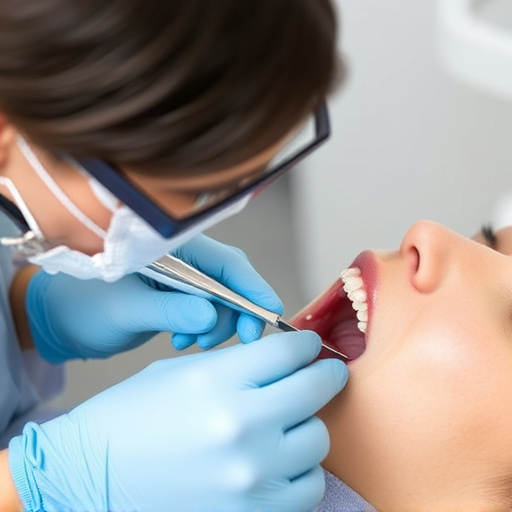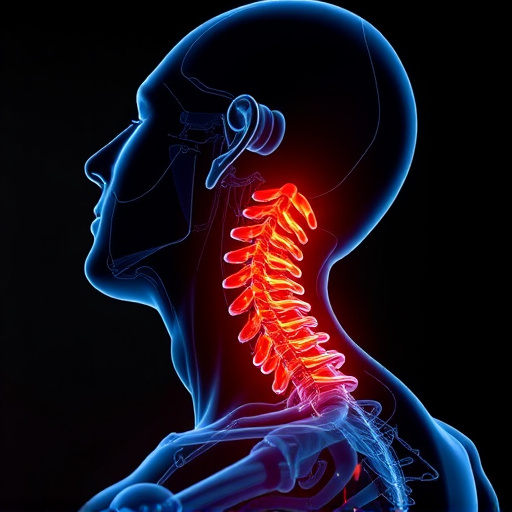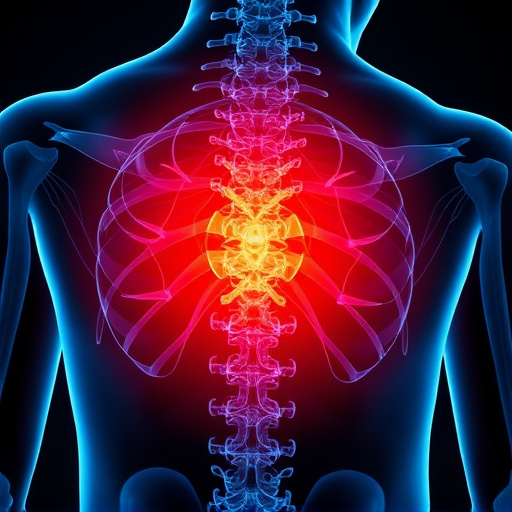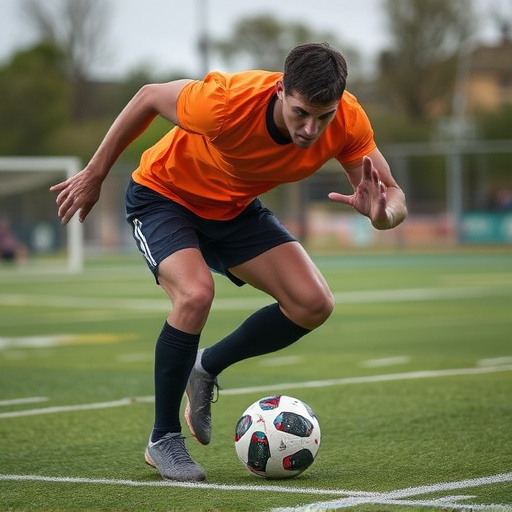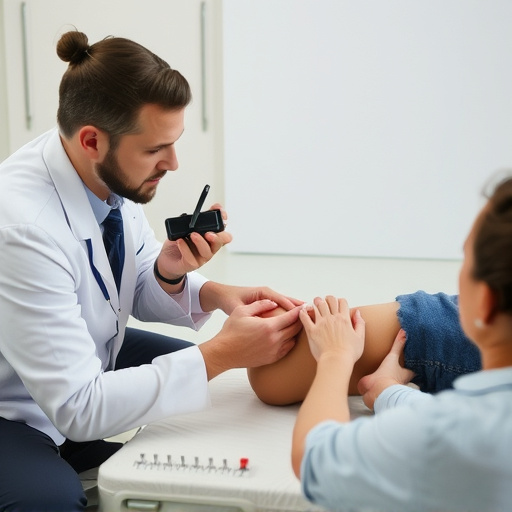Sports injury treatment focuses on prompt care for sprains, strains, and tears affecting joints like ankles, knees, shoulders, and lower back. Initial stages involve reducing pain and inflammation with ice, elevation, compression, and pain relievers. Advanced therapies like PRP and stem cell therapy accelerate healing, while comprehensive rehabilitation strengthens muscles, improves flexibility, and enhances athletic performance to prevent future injuries. Physical therapy is crucial for safe return to sports after injury.
In the dynamic world of sports, injuries are an unfortunate yet common occurrence. This article delves into the effective sports injury treatment strategies for sprains, strains, and tears—three prevalent issues among athletes. We explore immediate care protocols for optimal recovery, from first aid to advanced therapies. Understanding these conditions is key to swift healing. Additionally, we provide long-term recovery strategies, ensuring athletes can return to their active lifestyles safely and effectively.
- Understanding Sprains, Strains, and Tears in Sports
- Immediate Care and First Steps for Injury Treatment
- Advanced Therapies and Long-Term Recovery Strategies
Understanding Sprains, Strains, and Tears in Sports

Sports injuries are a common occurrence, especially among athletes who engage in high-intensity activities. Sprains, strains, and tears are among the most frequent types of sports injuries, affecting various parts of the body, including ankles, knees, shoulders, and even the lower back. Understanding these injuries is crucial for effective sports injury treatment.
Sprains happen when ligaments, which connect bones in a joint, stretch or tear. Strains, on the other hand, involve the overstretching or tearing of muscles or tendons. Tears can range from partial to complete, depending on the severity of the damage. Prompt sports injury treatment is essential to manage pain, prevent further damage, and facilitate faster recovery. Techniques like shockwave therapy and comprehensive injury rehabilitation play a significant role in addressing these conditions effectively.
Immediate Care and First Steps for Injury Treatment
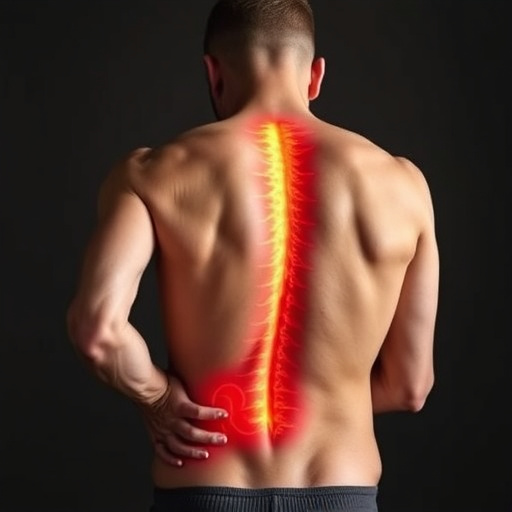
When a sports injury occurs, whether it’s a sprain, strain, or tear, immediate and proper care is crucial for effective sports injury treatment. The first steps should focus on reducing pain and inflammation to prevent further damage. This includes applying ice packs to the affected area, elevating the injured limb if possible, and using compression bandages or braces to provide stability and support while healing. Over-the-counter pain relievers can help manage acute pain and reduce swelling, offering some chronic pain relief until a more thorough assessment is conducted.
Proper initial care also involves assessing the severity of the injury and seeking medical attention promptly. In cases of significant tears or severe symptoms, immediate professional treatment is essential. For those involved in car accidents resulting in injuries, these initial steps are even more critical, as they can significantly impact long-term chronic pain management. Timely intervention ensures the best chance for a full recovery without lasting complications.
Advanced Therapies and Long-Term Recovery Strategies
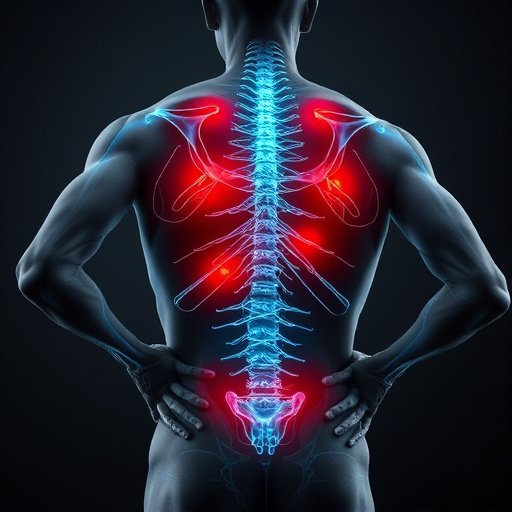
Advanced therapies have revolutionized sports injury treatment, offering novel approaches for sprains, strains, and tears that go beyond traditional methods. Techniques such as platelet-rich plasma (PRP) therapy utilize the patient’s own blood to stimulate healing by enriching it with growth factors, accelerating tissue repair and reducing recovery time. Another innovative method, stem cell therapy, harnesses the body’s natural healing mechanisms by introducing specialized cells that can differentiate into damaged tissues, promoting regeneration and restoring function.
Complementing these advanced therapies are comprehensive long-term recovery strategies. Customized rehabilitation services focus on strengthening muscles, improving flexibility, and enhancing overall athletic performance to prevent future injuries. Physical therapy plays a pivotal role in post-injury care, guiding patients through exercises tailored to their specific needs, ensuring proper form and technique, and monitoring progress. This holistic approach not only facilitates quicker healing but also empowers athletes to return to their sports safely and effectively.
In the realm of sports injury treatment, effectively managing sprains, strains, and tears is paramount to athletes’ rapid recovery and return to competition. By understanding these common yet challenging injuries, implementing immediate care protocols, and exploring advanced therapies, athletes can navigate their road to healing efficiently. Sports injury treatment strategies, including rest, ice, compression, elevation (RICE), along with physical therapy and novel modalities like platelet-rich plasma (PRP) and stem cell therapy, offer a comprehensive approach to addressing these injuries. Embracing long-term recovery strategies ensures athletes not only return to their sport but also minimize the risk of future injuries, fostering a vibrant and resilient athletic community.





